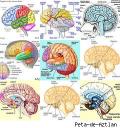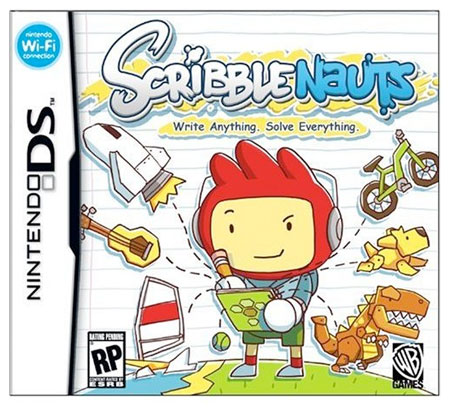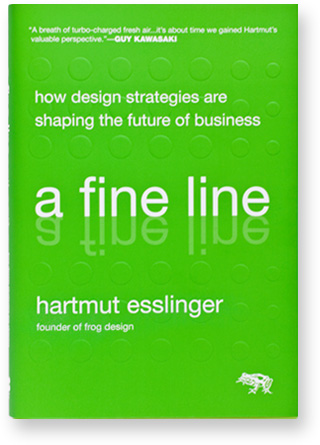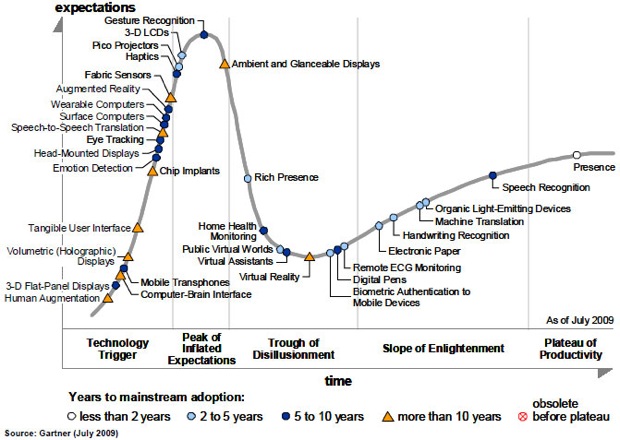 How do we decide what to spend our tax money on? Who should pay what level of tax to fund these public goods? This is a very hard problem. One thing that makes it hard is it is impossible to determine what people really want to pay for. If you ask tax payers how much they want to pay for a given service they will always low-ball it. Turns out we have a cognitive bias towards wanting to get a “free ride”. We have a built in need to take advantage of the natural incentive this type of question creates.
How do we decide what to spend our tax money on? Who should pay what level of tax to fund these public goods? This is a very hard problem. One thing that makes it hard is it is impossible to determine what people really want to pay for. If you ask tax payers how much they want to pay for a given service they will always low-ball it. Turns out we have a cognitive bias towards wanting to get a “free ride”. We have a built in need to take advantage of the natural incentive this type of question creates.
Interesting new research from the California Institute of Technology suggests we may be able to use fMRIs or brain scanning technology to determine objectively how much people value something. To quote:
 “This is one of the first-ever applications of neurotechnology to real-life economic problems, the researchers note. “We have shown that by applying tools from neuroscience to the public-goods problem, we can get solutions that are significantly better than those that can be obtained without brain data,” says Antonio Rangel, associate professor of economics at Caltech and the paper’s principal investigator.”
“This is one of the first-ever applications of neurotechnology to real-life economic problems, the researchers note. “We have shown that by applying tools from neuroscience to the public-goods problem, we can get solutions that are significantly better than those that can be obtained without brain data,” says Antonio Rangel, associate professor of economics at Caltech and the paper’s principal investigator.”
This research opens up many cognitive design possibilities. As the author points out:
”… it is possible to imagine a future in which, instead of a vote on a proposition to fund a new highway, this technology is used to scan a random sample of the people who would benefit from the highway to see whether it’s really worth the investment. “It would be an interesting alternative way to decide where to spend the government’s money,” he notes.”










